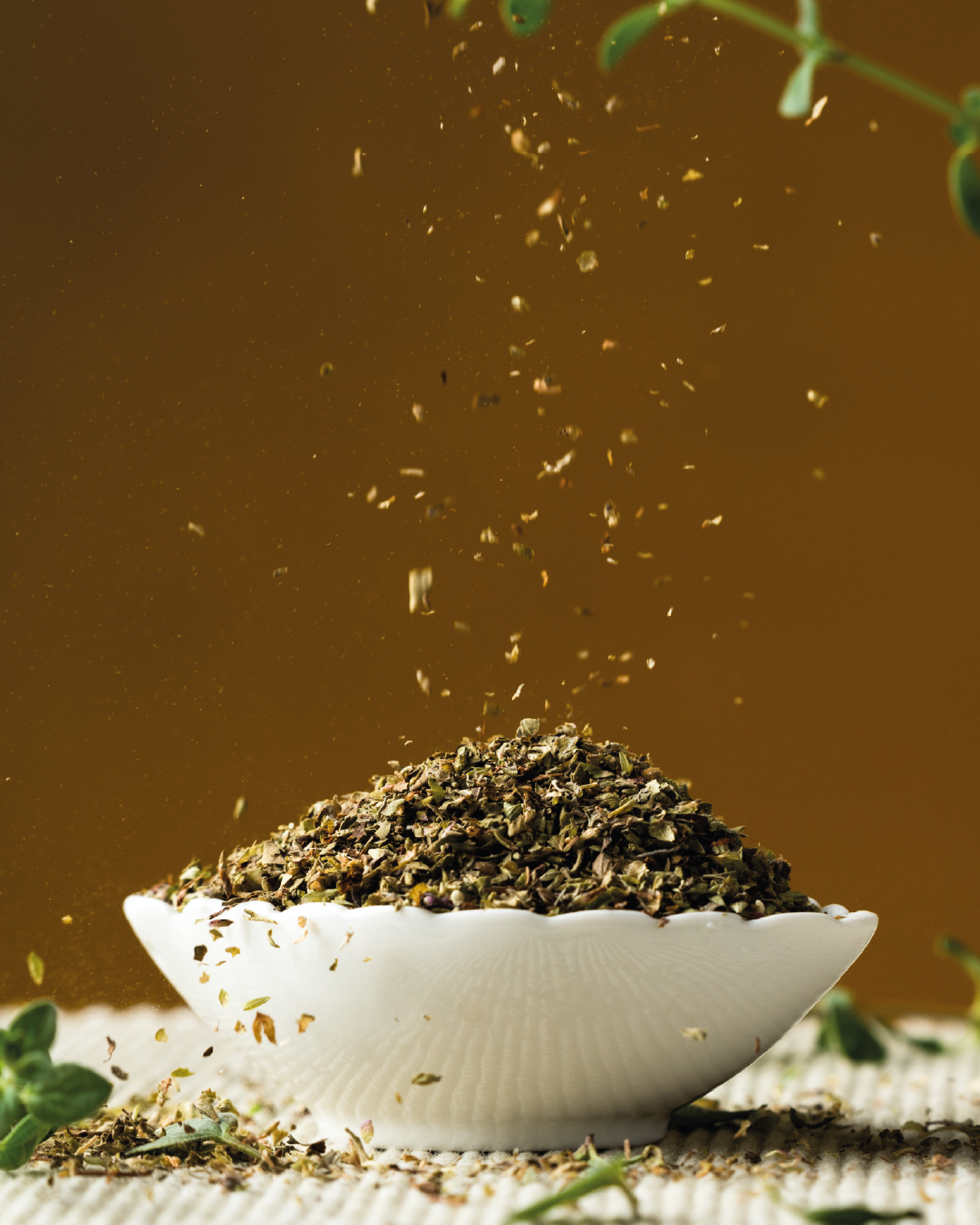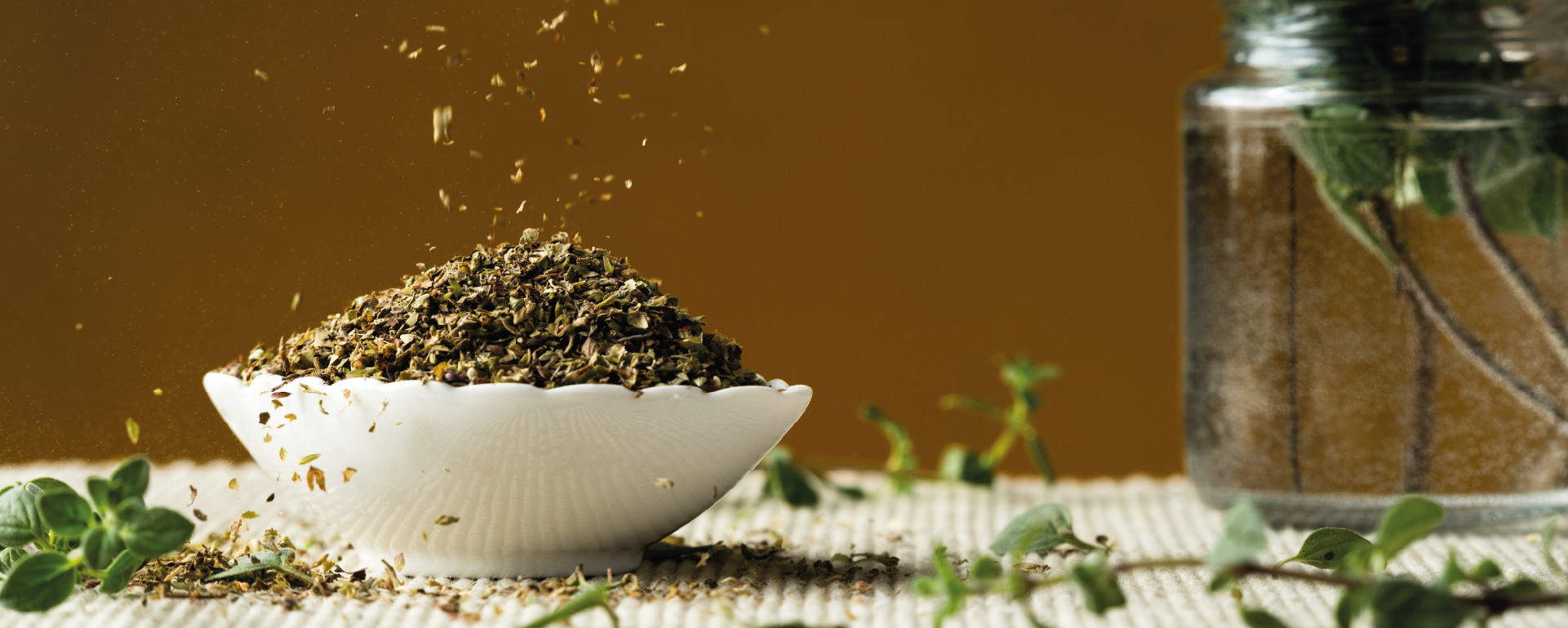WHITEPAPER


Spices and herbs represent a $79 billion global market, yet adulteration remains a persistent challenge. This fraudulent practice not only erodes consumer confidence, but also incurs financial losses. Conventional methods for detecting adulteration, such as gas and liquid chromatography, are hampered by time constraints and high costs, creating bottlenecks that delay crucial business decisions.
ProfilePrint’s technology addresses this challenge by rapidly quantifying adulteration levels across three spice categories: oregano with olive leaves, white pepper with flour, and black pepper with papaya seeds, achieving reliable detection even when adulterants closely mimic authentic ingredients.
Average errors of 5% or less across all spice categories enabling traders to make confident quality decisions
0.08% average error on ground white pepper aligning with ISO’s acceptable range of 1-3% of extraneous matter detection
Successful detection across different sample types from intact seeds to powered spices providing flexibility for various points in the supply chain
Learn how spice suppliers and traders can implement ProfilePrint’s rapid screening capabilities, allowing pure samples to flow through faster while flagging suspicious samples for further investigation.
Read more in the white paper.
(Available in English and Mandarin)
Having trouble accessing the download? Email us at [email protected] and we’ll send the document directly to you.